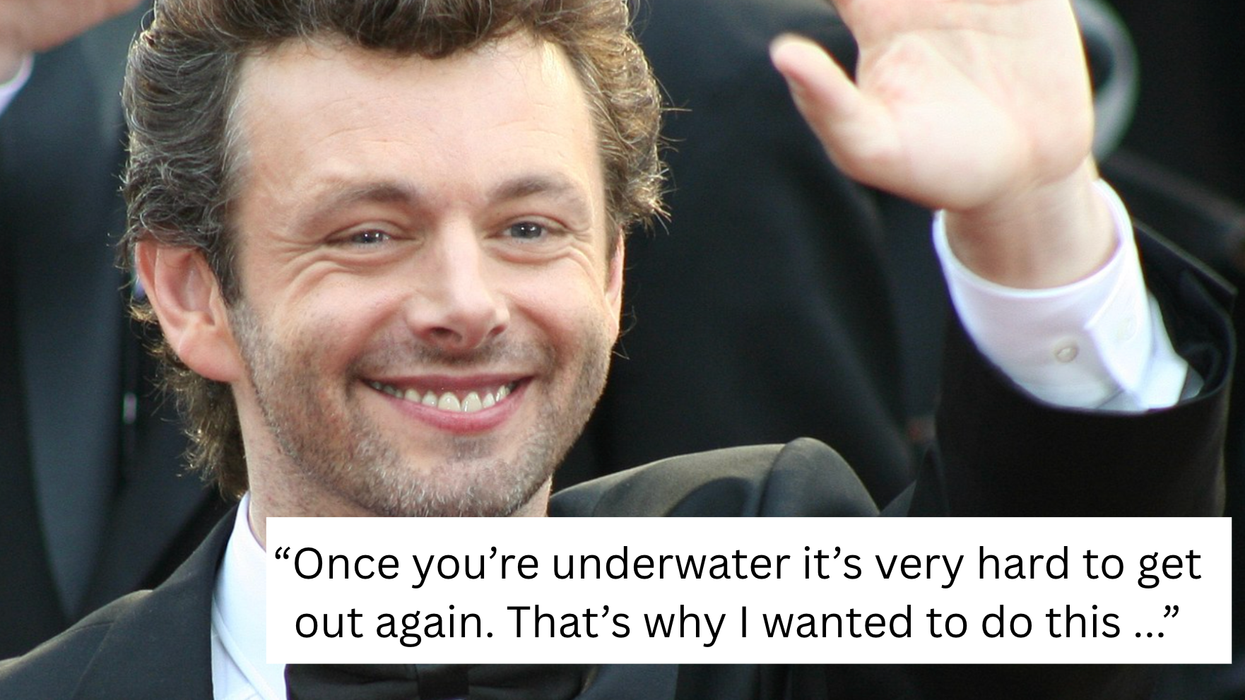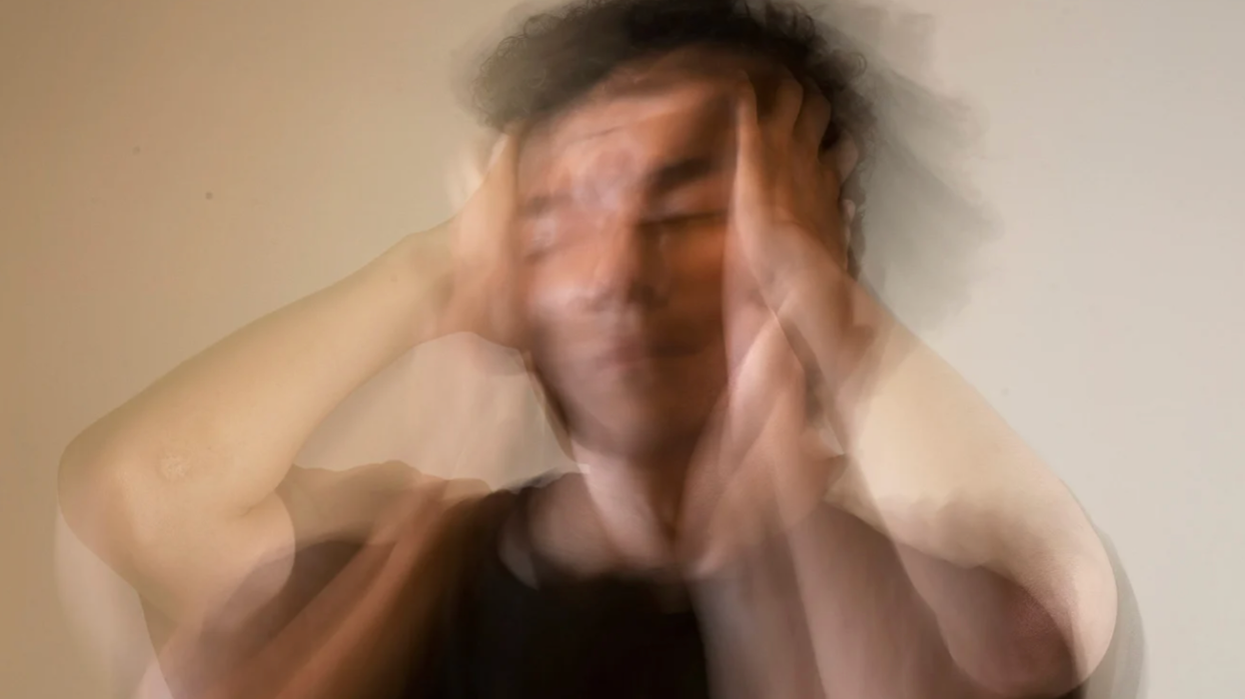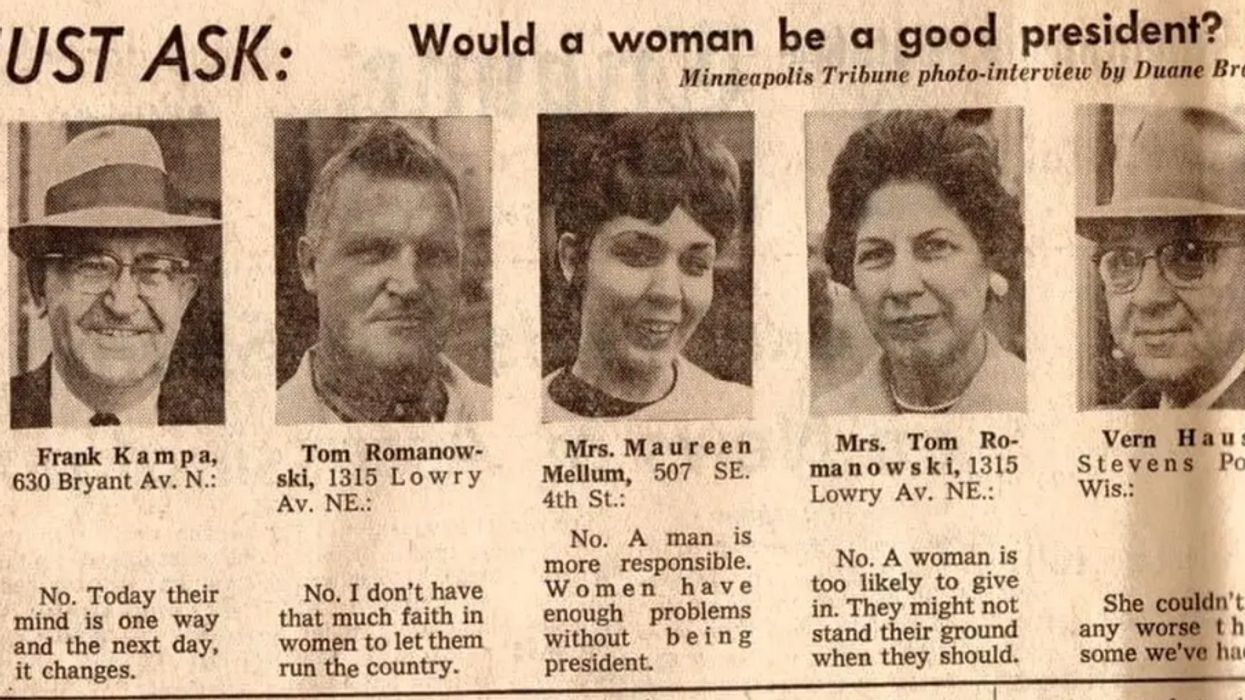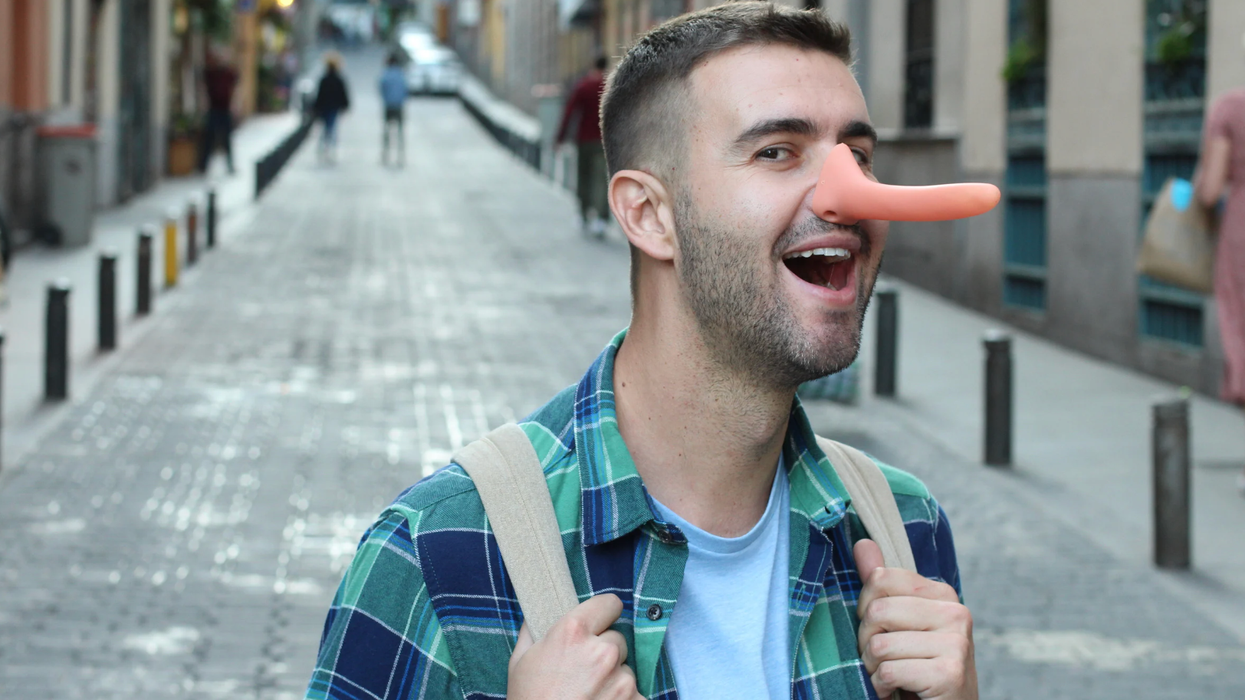What is food? More importantly, what’s not—and if it’s not, why is it not? And, in any case, why is everyone taking pictures of it? These are some of the questions that I set out to explore in my book, Anything That Moves: Renegade Chefs, Fearless Eaters, and the Making of a New American Food Culture, which comes out on November 14. The book documents the rise of our food obsession from its obscure postwar origins—when Hawaiian Punch was exotic—to the multi-billion-dollar gourmet industry of today.
Often, I had to eat my way toward the answers, which meant learning to love ant-larvae tacos and picking my way (seven months’ pregnant) through a marijuana-and-Chinese-herb dinner. In the process, I came to see this moment of food adventurism as a product of our fear about the future and America’s place in it, and as an optimistic, Hail Mary throw into a future of broad, resourceful eating—a future that, food-wise, looks an awful lot like the pre-industrial past. Eating broadly and adventurously is incredibly fun. It can also be both a moral hazard and a health risk. Through trial and error—lots of each—I came up with a few rules to eat by.
1. Don’t be first.
I came up with this rule when I was hanging out in a rented house in a sketchy neighborhood near downtown LA with a couple of insect-eaters and a tempura-battered Tailless Whip Scorpion. My cohorts were really excited to be the first people, to their knowledge, to eat this animal. The whole thing made me incredibly nervous. I am happy to try something that I’ve never before tried or considered as food, but I have no interest in being a pioneer for all of humanity. If there’s a long culinary tradition to support it, go for it. If your friend found it under a rock or growing on a freeway meridian, avoid.
2. Don’t be last.
It’s important to know what you are eating. If there’s a chance that it’s endangered, it’s not worth it. I learned this the hard way, and have had to change my when-in-Rome approach to eating abroad to accommodate the reality of what is happening to certain animals worldwide. The black market is ugly. The ocean ecosystem is fairly well messed up. Whale meat just doesn’t taste that good.
3. Don’t kill anything with your teeth.
I spent the better part of a year going out to lunch with Jonathan Gold, the food critic who won a Pulitzer for writing about small, family-run ethnic restaurants in LA mini-malls. I learned a ton from him—about the Korean alphabet, about the early 20th c. architect Julia Morgan, about blood cubes. He, by preference, tends to eat low on the food chain (big predators, he says, all taste alike). An eater of sea squirts and pig uterus tacos, he’s the definition of an unsqueamish omnivore. In his view, in spite of the freshness and sweetness that often accompanies the act, it feels wrong—un-human—to kill with your teeth. I’ll go with that. Speaking of Gold….
4. Find a guide.
The best thing I have done as an eater is to make friends with people who know more about food than I do. I am an unabashed tagalong. If you have an acquaintance who speaks another language—be it Mandarin or Modernist—invite yourself out with them. This applies to food shopping, too. I love going to the farmers' markets and grocery stores with my mother, who has been gardening and cooking attentively her whole life; with my preserving friend Kevin West; and with chefs. I take notes and sometimes record.
5. Just beyond disgust lies the sublime.
This will sound crazy, but I had an unexpectedly delicious encounter with frog fallopian tubes—after literally dry-heaving at the thought of eating them. I don’t know the evolutionary or psychological reason—please tell me!—but I’ve noticed that in food disgust and pleasure can be closely related. Could it be that disgust is a stage on the way to delight?
Photo of frog fallopian tube dish by Flickr user Renee S. Suen















 Otis knew before they did.
Otis knew before they did.
Professor shares how many years a friendship must last before it'll become lifelong